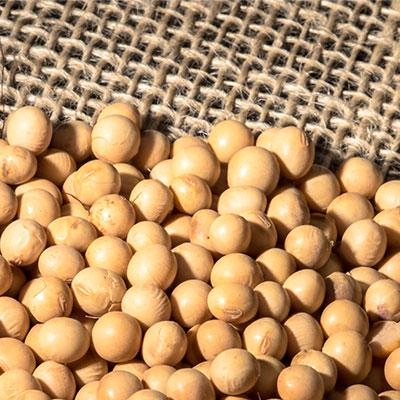The soybean trading pace for the 2021/22 and 2022/23 crops advanced slowly again in September and early October.
With buyers not very interested in the face of prices that are unable to recover, only a few volumes were negotiated over the period, especially with the new crop.
The good liquidity accumulated throughout the year continues to encourage growers to speculate on the latest crop volumes available, betting on greater problems in the US crop or a better dollar/real ratio.
Regarding the new crop, growers are still very late in negotiations, which raises concerns about the exposure and risk for the coming few months. Some growers are betting on problems arising from La Niña to receive better prices from January, but at the moment the trend is exactly the opposite. For now, the Brazilian crop is extremely promising. We remind you that La Niña years are not necessarily years of great production losses, so pay attention. The harvest of a crop of over 150 mln tons, if confirmed, must bring significant negative pressure to prices from January onward. As long as there is no weather problem, losses are ruled out.
According to a survey carried out by SAFRAS & Mercado, with data collected up to October 7, 86.1% of the 2021/22 Brazilian soybean crop were sold, with an increase of only 3.5% compared to the percentage of the previous month (82.6%). The current index is equivalent to approximately 108.354 mln tons traded, from an estimated crop of 125.880 mln tons. In the same period of the previous year, the index was 89.2%, while the five-year average for the period is 91.3%.
For the new Brazilian soybean crop (2022/23), the percentage sold reaches 18.8% of the production estimated by the SAFRAS & Mercado planting intention survey, up 0.2% from the percentage of the previous month (18.6%). The current index is equivalent to approximately 28.528 mln tons traded, out of a potential crop initially estimated at 151.497 mln tons. In the same period of the previous year, the percentage was 28.1%, while the five-year average for the period is 29.6%.
Copyright 2022 – Grupo CMA

